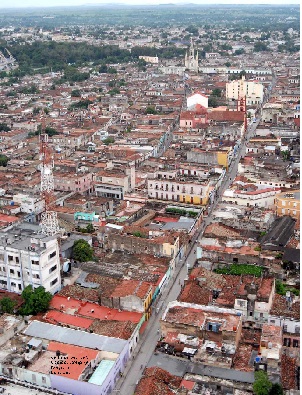Abstract
The conservation of the patrimony built in the cities has faced big challenges, among them the insert of the tourism, being one of its consequences, the relationship that space settles down for oneself among the urban and tourist services. It is for it that they concentrate on creating places for all in harmony with the natural means and promoters of the economic, social and cultural development to assume the new list that imposes the current scenario, the efforts. Being one of the roads the improvement of the territorial classification that contributes with the conservation of the patrimony of the city, for what is required of their improvement by means of the construction of models. When a study modernized in Cuba not existing, of the balance of the functions of the urban and tourist services, with a vision of an integral, harmonic and sustainable development of the center, the necessity is imposed of elaborating a methodological procedure that has like base the necessity to guide the interventions, contributing to the development and conservation of those tangible attractiveness that made to the city promoter of the tourist development, applying it later on in the city of Camagüey.
Apuntes is registered under a Creative Commons Attribution 4.0 International Public License. Thus, this work may be reproduced, distributed, and publicly shared in digital format, as long as the names of the authors and Pontificia Universidad Javeriana are acknowledged. Others are allowed to quote, adapt, transform, auto-archive, republish, and create based on this material, for any purpose (even commercial ones), provided the authorship is duly acknowledged, a link to the original work is provided, and it is specified if changes have been made. Pontificia Universidad Javeriana does not hold the rights of published works and the authors are solely responsible for the contents of their works; they keep the moral, intellectual, privacy, and publicity rights.
Approving the intervention of the work (review, copy-editing, translation, layout) and the following outreach, are granted through an use license and not through an assignment of rights. This means the journal and Pontificia Universidad Javeriana cannot be held responsible for any ethical malpractice by the authors. As a consequence of the protection granted by the use license, the journal is not required to publish recantations or modify information already published, unless the errata stems from the editorial management process. Publishing contents in this journal does not generate royalties for contributors.


